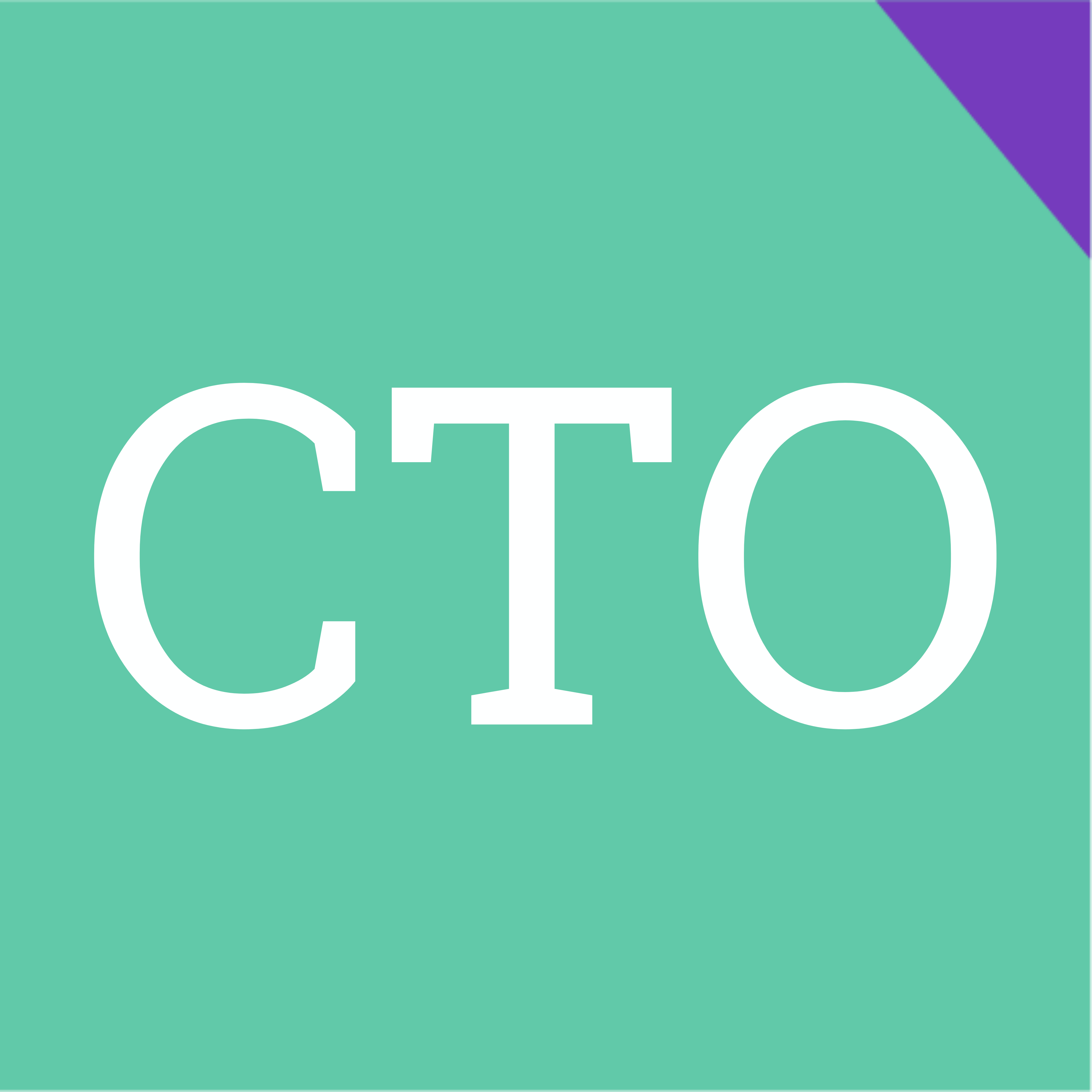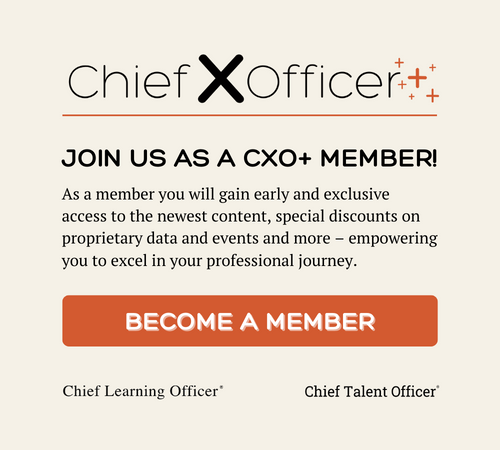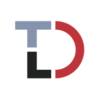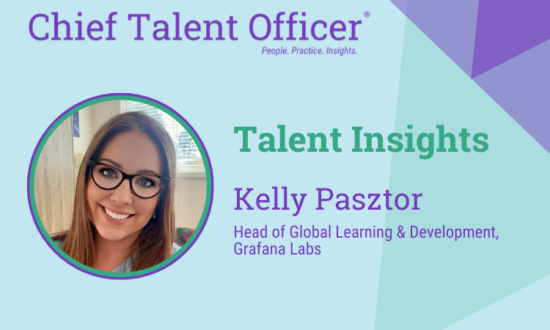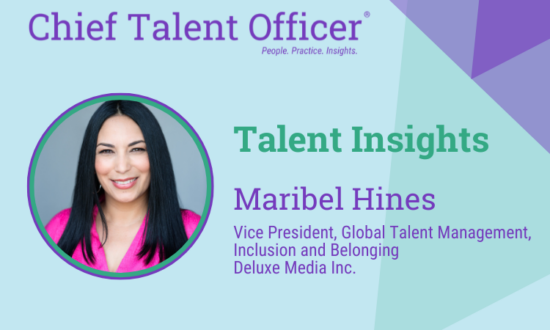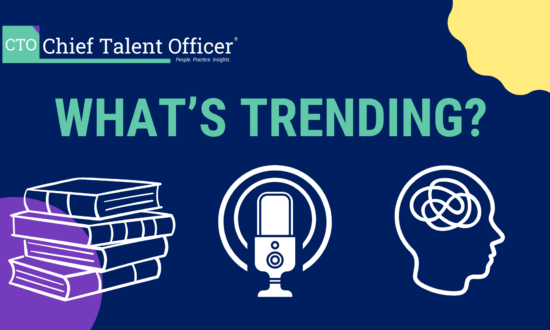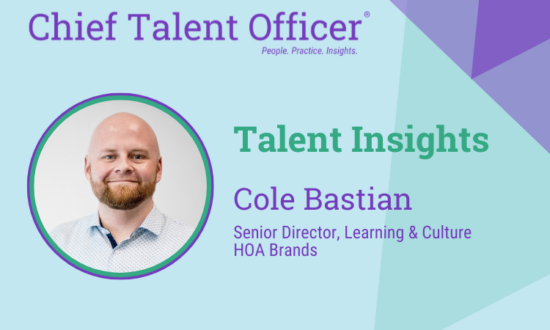When it comes to developing and delivering learning, Europe’s diversity can be a liability and an asset. But as learning modalities grow in sophistication and flexibility, it’s increasingly viewed as a competitive advantage.
On the surface, Europe and the United States have much in common. But look deeper, and a number of striking dissimilarities emerge. For one thing, Europe contains more than 40 separate languages, and if you accept the most popular sociological view, some 80 separate cultures.
Amid talk of the world becoming a “global village” as technology develops and allows us to communicate with almost anyone anywhere in the world almost instantly, it is Europeans who already have many years of experience tackling the language and cultural issues that such communications raise.
Europe’s multicultural publishers have been living with and making a living from this complex ecosystem for centuries. Over the years, they have learned that being successful as a publisher of multicultural learning materials, in all forms, involves a great deal more than merely translating text across languages.
“You don’t just communicate with the words on a screen within, say, an e-learning program. There are also explicit and implicit messages contained in any screen of information, and different cultures interpret these messages in different ways,” said Fabrizio Cardinali, co-chair of the European Learning Industry Group (ELIG), a consortium of international players in the e-marketplace that includes IT, content publishing and service provision for the e-learning market.
ELIG provides industry thought leadership and policy input to the European Commission (EC) and national governments within the European Union and, at the same time, functions as a networking and partnering platform for its members.
“When designing learning materials to be delivered via technology — whether that is via traditional e-learning or, increasingly, via mobile devices — you have to take account of the learners’ abilities,” Cardinali added. “For example, an ‘able’ person looking at information on a small screen may have similar difficulties to a differently ‘abled’ person who sees that information on a large screen. Each of these people — and, indeed, everyone — has a right to access learning materials in a way that will be both meaningful and helpful to them. Since everyone has something to contribute to the society in which they live, no one should be precluded from having access to the learning materials that they need, and these should be presented to every learner in the most appropriate way.”
It used to be said that one of the advantages of e-learning over conventional learning is that, unlike courses in which the personality of a tutor or instructor colors the experience, it provides consistency of message. This is true even, or perhaps especially, when the message is being distributed to a geographically dispersed audience. Nowadays, learning technologists and designers recognize this is only partly true.
Thankfully, advances in technology coupled with advances in understanding of the process of learning are helping replace one-size-fits-all e-learning programs with materials that take into account not only the learner’s needs and preferences but also the location and the way the learner needs to access the content. Increasingly, the traditional e-learning experience is enhanced by providing, for example, mobile access to the learning materials.
“When thinking about designing learning materials that will be used across cultures and by people of varying abilities within these cultures, the key is to provide consistency of message,” Cardinali said. “Today, the key to providing consistency of message is to carefully consider contextualization and personalization. This means that you need to understand the learners’ likes and dislikes, their learning styles and learning preferences and their habits, as well as their particular language and culture.”
In terms of the personalization of learning, the IMS ePortfolio specification — an international standard created to make ePortfolios interoperable across different systems and institutions — is a parameter that needs to be taken into account when producing and packaging content for an e-learning program.
EPortfolios are now being used as tools for personal development planning, lifelong learning and learning in the workplace. Among other things, the ePortfolio specification supports the advancement of lifelong learning and makes exchanging portfolios from, for example, school-to-work transitions easier.
“When it comes to the contextualization of learning materials, you need to understand the users and where they are, both spiritually and physically,” Cardinali explained. “This should enable you to compile a learning experience that is just in time, just enough and just for the learner. There is no longer any room for a monolithic approach. Instead, there must be learning solutions that are personalized to take into account the learner’s background, preferred learning style, precise learning needs and so on. Then you also have to consider the medium by which the learner receives the learning materials. Increasingly, this could be via PDA, BlackBerry, Nintendo, smartphone and so on. Finally, you have to consider the learner’s location.
“So today’s learning platform should not be a single turnkey platform, but rather, it should be a learning services architecture, where, in addition to the learning content creation and delivery, you can read and write people’s portfolios encompassing their backgrounds, competencies, the learning objects they need and so on. This means that you can use this architecture to engage in talent management by spotting and then plugging the gaps in people’s knowledge, skills and competencies in order for them to progress and meet their organization’s needs.
“And those organizations that take advantage of this architecture to rapidly up-skill their workforces will be winners in the global marketplace, especially in view of the increasing competition in world markets from firms in countries such as China and India,” he added. “To do this, European workforces need new learning paradigms, technologies and standards to help them develop ever greater skills and competencies. They must also develop these skills and competencies faster, more effectively and efficiently.”
Consequently, Cardinali argues for the adoption of international standards to bring interoperability of systems and software, thus providing a common “information space” into which learners could tap. He also advocates the value of inclusion in human terms, as well as the benefits of innovation in learning technologies. He explained: “Since everyone in our society has valuable knowledge, skills and abilities, we shouldn’t write off anyone. This means that we need to make learning opportunities available to all in order for them to develop to their fullest capabilities, and this raises accessibility issues where learning is concerned.
“Many of these issues can be addressed through the application of emerging learning technologies, especially through location-based mobile solutions, games, simulations and virtual worlds. Innovations in learning such as these should help European organizations to remain competitive in the world economy.”
The growth of the Asian economies, together with changes in the structure of Europe’s national economies that see manufacturing and extractive industry declining while the services sector forges ahead, is giving rise to the development of the knowledge workers, who have unique expertise and experience. If their knowledge and skills are harnessed correctly, they will maintain Europe as a key player on the world’s economic stage. If this fails to happen, Europe could find itself left behind in terms of economic development for the first time in centuries.
Consequently, developing user-centered learning solutions that can be adapted to individuals’ learning needs is a key objective for the EC and its constituent states. In the past year or so, European learning-delivery technologists have developed mobile learning via wearable computers; enabled the interaction of learners with remote coaches via mobile technology and virtual worlds; and made increasing use of serious games and simulations. At the Online Educa conference in Berlin at the end of 2007, Volkswagen, IKEA, Ericsson and Schlumberger were among the presenters of innovative, as well as more traditional, e-learning solutions to foster EU industries’ greater competitiveness in worldwide markets.
Cardinali believes that Europe, with its history and lengthy experience of multiculturalism, is well-placed to cope with variations in languages and cultures and so will be able to rapidly up-skill its workforces to gain a competitive edge in world markets. Moreover, it is well-positioned to use this experience to communicate effectively with other cultures around the world and compete in those markets, too.
“One key message that we have learned in Europe is that we must be global, but we must also protect diversity within that global approach,” Cardinali said. “Over the centuries, we have learned the value of multicultural societies. So we need to take account of these multicultural societies and protect our regional differences.
“After all, Western Europe has different characteristics from Eastern Europe, and northern Europe is different from the south of the continent. Although English is increasingly accepted as a business ‘lingua franca,’ there are no current moves to adopt a single language throughout Europe.”
At present, each country within Europe maintains its own curricula and defines its own skill sets and competencies. Yet, Cardinali believes that these divisions along national lines need to be aligned with each other, if not combined, to present a consistent message across international borders in today’s global village.
“We need to bring curricula and skills in the various countries within Europe into line with each other so that the criteria that define a baker in, say, Italy also define a baker in, say, the Netherlands,” he said.
Far from handicapping its competitiveness in world markets, Europe’s ostensible fragmentation — as a collection of nation states, with many languages, cultures and subcultures — has spurred it to harness the latest learning technologies’ capabilities to help its designers produce materials that offer a consistent message to learners, whatever their personal circumstances, culture and learning preferences.

